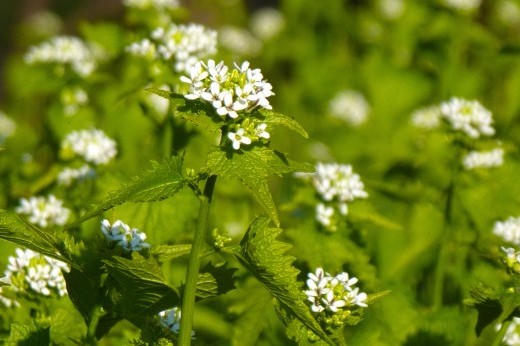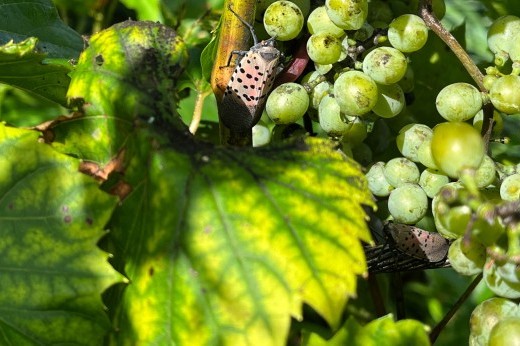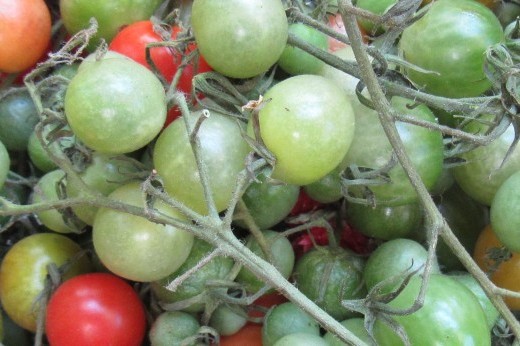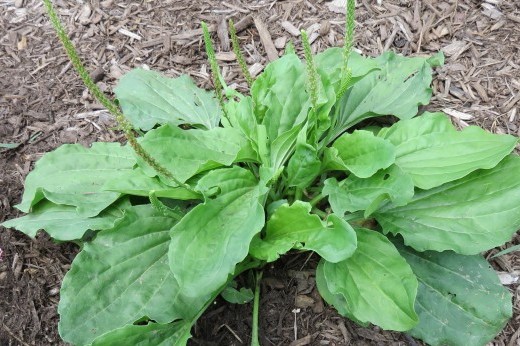Topics
Special Series
Science & Ecology
-
Everything You Need to Know About the New Plant Hardiness Zone Map
In the latest Plant Hardiness Zone Map, about half the country moved into a slightly warmer zone. So what does that mean?
By Ellie Shechet -
Cherry Trees Are Often Grafted. What Does that Mean?
Did you know that some cherry trees are actually—kind of—two cherry trees?
By BBG Staff -
Weed of the Month: Garlic Mustard
Author Stephanie Foo contemplates—and tastes—this pungent, aggressive plant.
By Stephanie Foo -
The Lingering Mysteries of the Mast Year
Why do trees mast? Scientists still aren’t sure.
By Ellie Shechet -
Do You Know Which Part of the Plant You’re Eating?
Broccoli is a flower bud. Peppers are a fruit. Welcome to the wild world of plant parts!
By Laura Powell -
Sara Perl Egendorf on Building New Soils
“I like to think of humans as a soil-forming agent, not just a soil-degrading agent.”
By Ellie Shechet -
Asters and Goldenrods: Ecological Superstars
Goldenrods and asters provide sustenance, breeding sites, and overwintering spaces for numerous native insect species.
By Ronen Gamil -
What’s the Latest on Spotted Lanternflies?
Keep stomping, says Julie Urban, an evolutionary biologist at Penn State—but “don't freak out.”
By Ellie Shechet -
The Buzz Behind Your Summer Tomatoes
Certain bees practice "buzz pollination," an ancient interspecies give-and-take that evolved over tens of millions of years.
By Elliot Hass -
Weed of the Month: Broadleaf Plantain
You'll see plenty of this weed all summer. The good news is that it can be used to soothe mosquito bites.
By Saara Nafici











